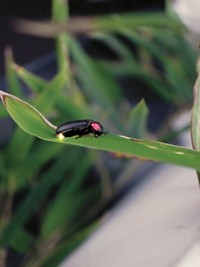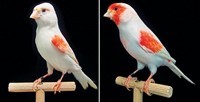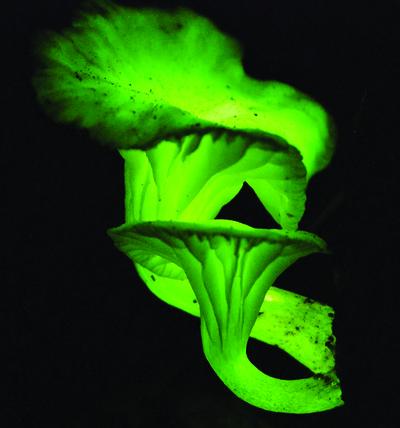Advertisement
Grab your lab coat. Let's get started
Welcome!
Welcome!
Create an account below to get 6 C&EN articles per month, receive newsletters and more - all free.
It seems this is your first time logging in online. Please enter the following information to continue.
As an ACS member you automatically get access to this site. All we need is few more details to create your reading experience.
Not you? Sign in with a different account.
Not you? Sign in with a different account.
ERROR 1
ERROR 1
ERROR 2
ERROR 2
ERROR 2
ERROR 2
ERROR 2
Password and Confirm password must match.
If you have an ACS member number, please enter it here so we can link this account to your membership. (optional)
ERROR 2
ACS values your privacy. By submitting your information, you are gaining access to C&EN and subscribing to our weekly newsletter. We use the information you provide to make your reading experience better, and we will never sell your data to third party members.
Biological Chemistry
Redox Chemistry Signals Romance For Dragonflies
A simple reduction reaction gives sexually mature males their characteristic red color
by Bethany Halford
July 13, 2012
| A version of this story appeared in
Volume 90, Issue 29

Male dragonflies of certain species send a clear sign when they’ve reached sexual maturity: They turn bright red. A group of scientists in Japan now reports that redox chemistry underlies this so-called nuptial coloration (Proc. Natl. Acad. Sci. USA, DOI: 10.1073/pnas.1207114109). This is the first time redox-mediated body color change has been discovered in animals.
“Unlike most insects, dragonflies change their color pattern in their adult stage, although the molecular mechanisms are poorly understood,” says Ryo Futahashi of Japan’s National Institute of Advanced Industrial Science & Technology, who spearheaded the research. “I simply wanted to know how these color patterns developed.”
Futahashi and his coworkers extracted the ommochrome pigments from the epidermis of three species of dragonfly—Crocothemis servilia, Sympetrum darwinianum, and Sympetrum frequens. Males of these species turn a vibrant red when they reach sexual maturity, whereas females and immature males are a dull yellow.
The researchers found that the mature males had greater amounts of the reduced forms of the pigments xanthommatin and decarboxylated xanthommatin, which are red. Females and immature males had considerably more of the oxidized forms of these pigments, which are yellow. The team also discovered they could turn the females and immature males red by injecting them with a solution of reducing agent. Mature males injected with an oxidizing agent underwent a red-to-yellow change, although it was more subtle.
“Although we understand a lot about the molecular basis for chemical communication within and between insect species, we know a lot less about the physical aspects of their communication, such as coloration,” comments James De Voss, a chemistry professor at Australia’s University of Queensland, who studies insect chemistry. Futahashi and coworkers “reveal an elegantly simple method used by nature,” based on the redox state of a pigment present in both males and females, he says. “It will be of interest to learn the mechanism by which the redox state of these pigments is itself controlled.”






Join the conversation
Contact the reporter
Submit a Letter to the Editor for publication
Engage with us on Twitter